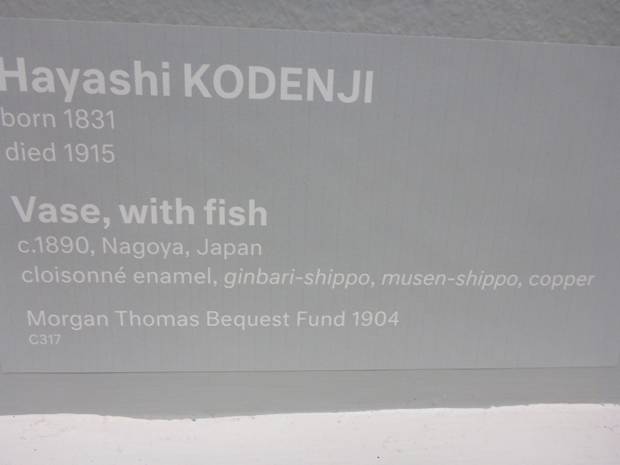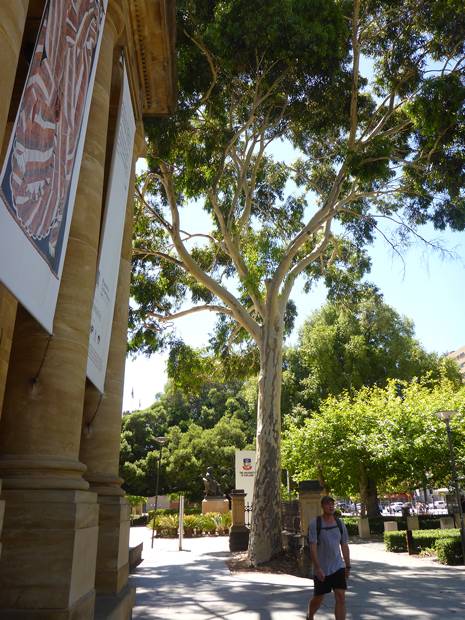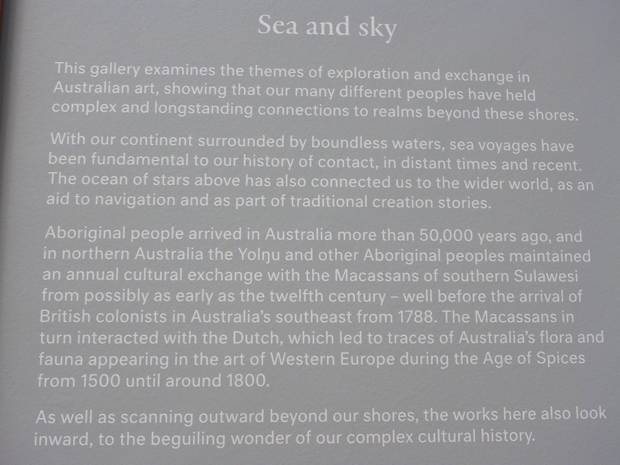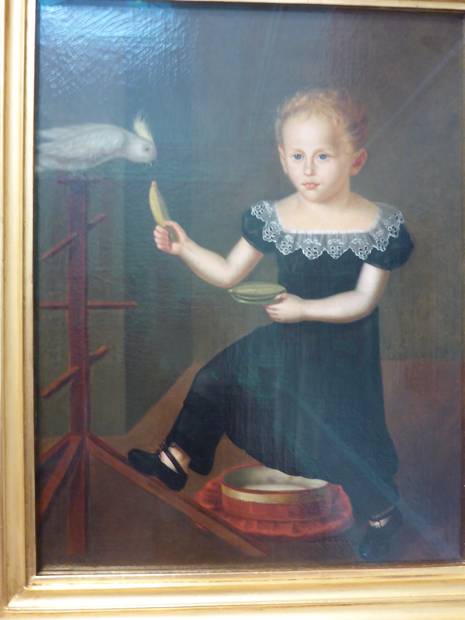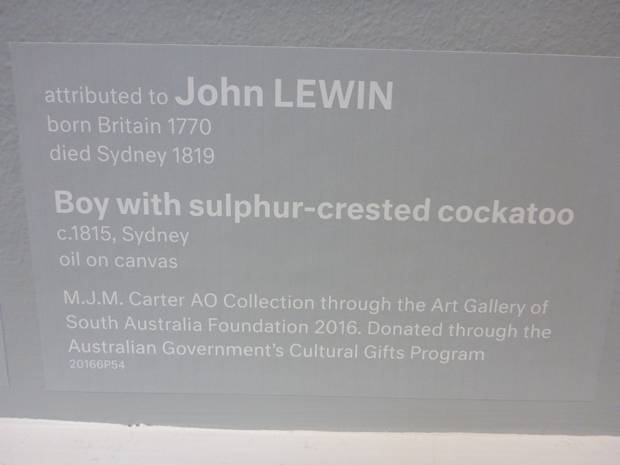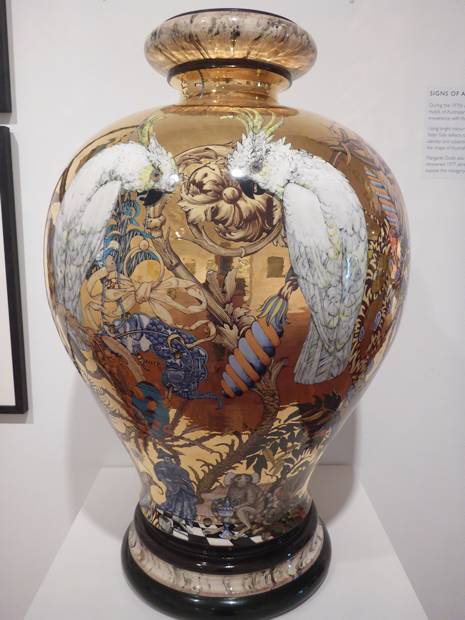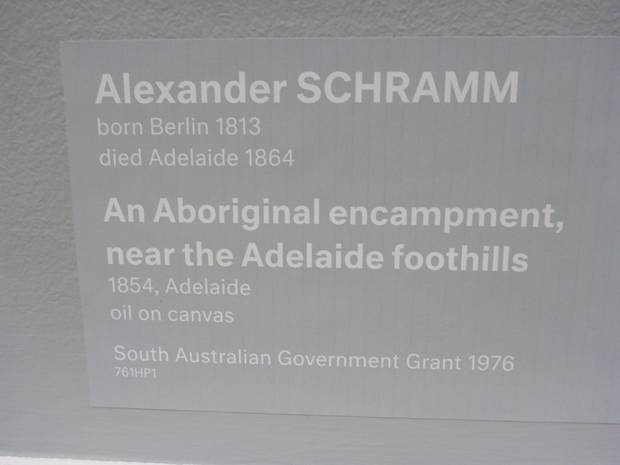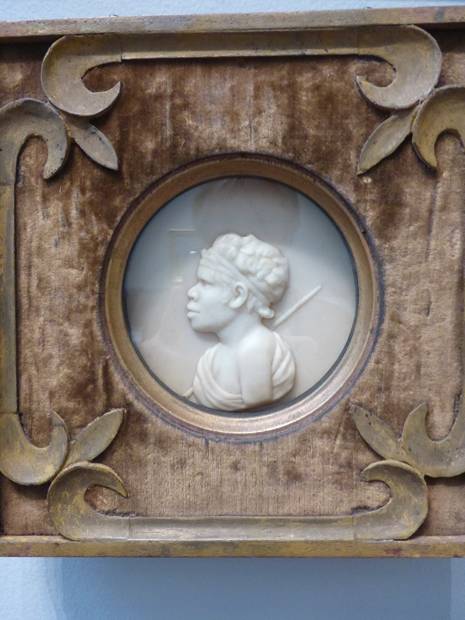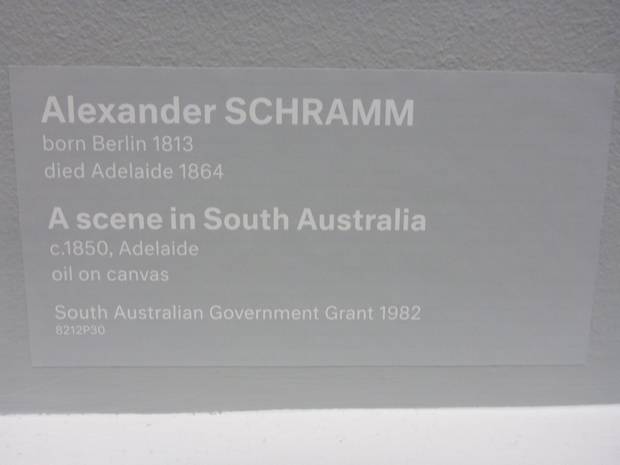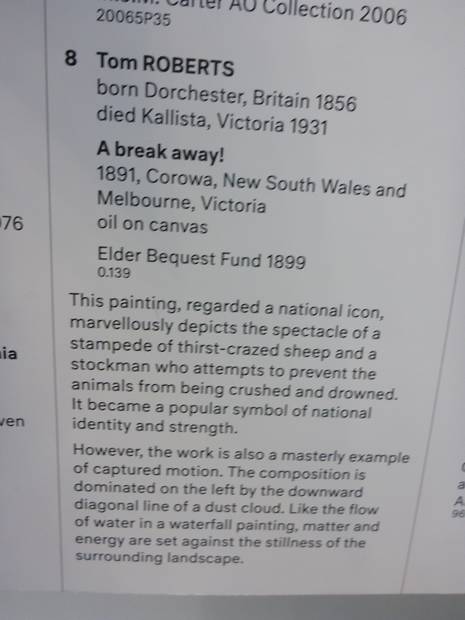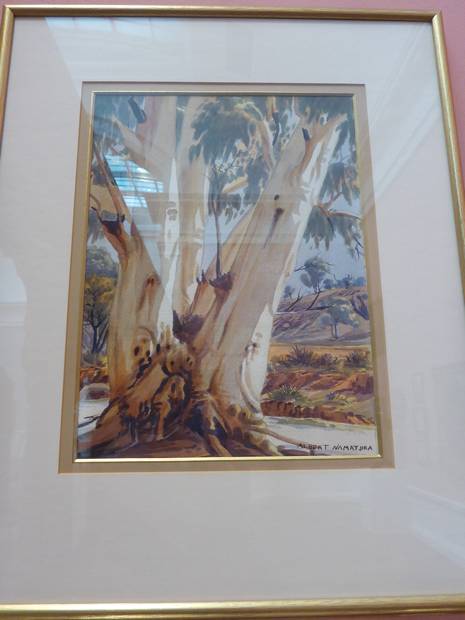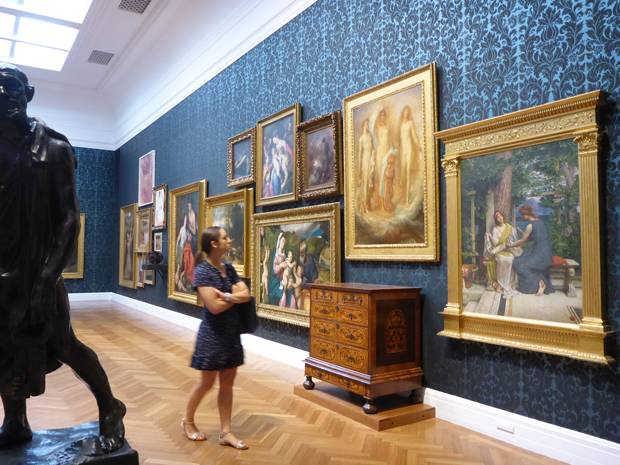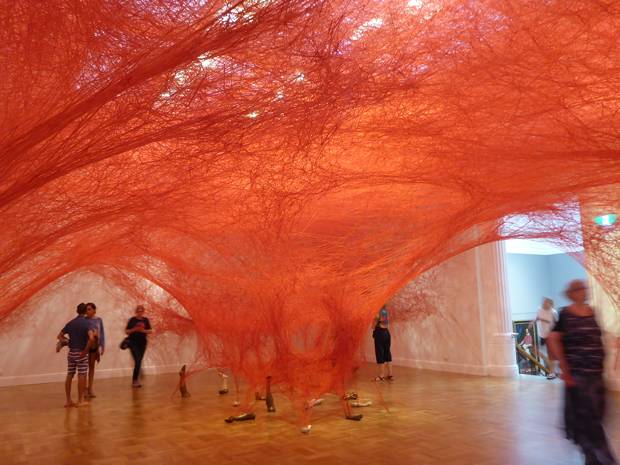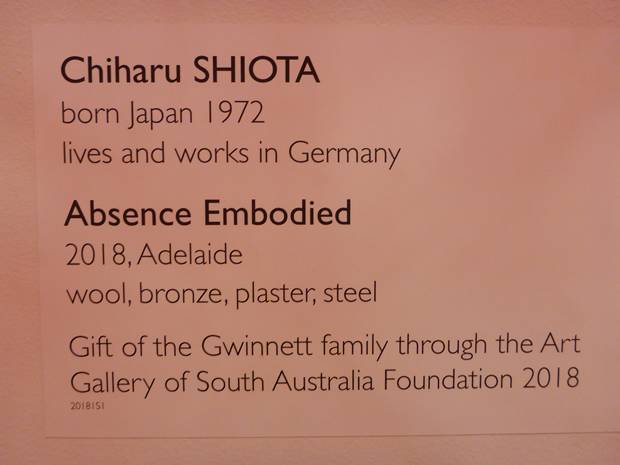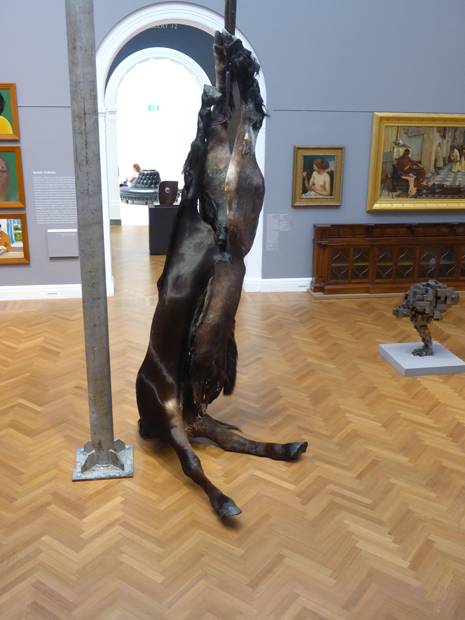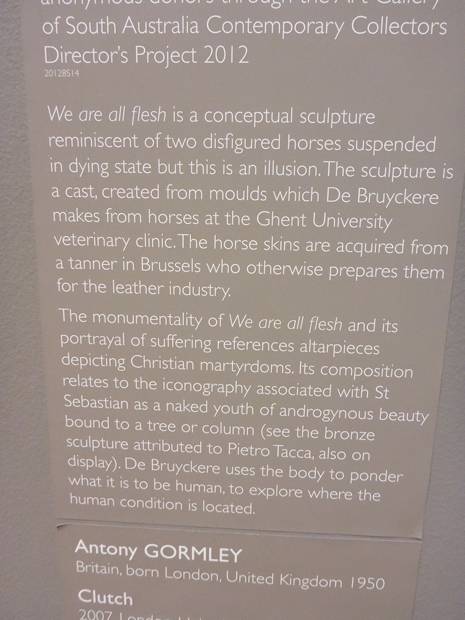The Art Gallery of South Australia just what it says on the tin

|
The Art Gallery of South Australia Does just what it says on the tin From soaking up the beautifully sunlit aura of the entrance to the Gallery with its fine classical colonnaded entrance to the smooth metal sculpture with clean modern high rises in the background to wandering around the galleries amongst the diverse exhibits I got the feeling this was an establishment that has a long history, 137 years in fact, the same length of existence as Rob’s family department store in Oakham. Also this was no snobby high culture arena of elitist artworks, someone or group of people has brought art of the people to the people and that person was the previous art director, Nick Mitzevich who while he was working with the gallery doubled the annual footfall to over 800,000. I also got the decided impression that apart from his intelligent influence in the writing of the object descriptions for one thing a woman or women were also at work. A woman’s touch in the form of the first female director, appointed only last year, Rhana Devenport who came from the Auckland Art Gallery and a country, New Zealand where there are many more ladies in such roles. Part of The Gallery itself is built on Kaurna land and in the first paragraph of the welcome the gallery acknowledges and pays respect to these people as the traditional custodians of the land it stands on. There were small groups of bininj outside the gallery when we were there and some joined us on the same mission of enquiry. There were so many things to like and to be amazed and shocked by. The cloisonné vase I thought was stunning. The depiction of the sulphur crested cockatoo in the painting and vase and the set of perfect cameos all depicting busts of aborigines were delightful. Some fine narrative paintings, the gathering of clans amongst high eucalyptus trees I pictured on the Canberra City site pre modern city and the stockman on his horse trying to stop the stampeding sheep from trampling eachother at the billabong, I can see why that is a national treasure. What do you think of the River Red Gum painted by West Arrernte artist and cameleer Albert Namatjura. He would have been more used to the traditional ‘pointillist style’ abstract art of his cultural history but how amazing is the rebirth of his style into landscape realism showing the extent of his skills and versatility. I actually snuck this one in also because of our up and coming trip on the Ghan and its connection to cameleer hauliers in railway construction, many of whom were aborigine. The transference of his artistic skills reminded me of how Picasso’s artistic style moved from realist and portrait to cubism, the other way around to Albert Namatjura and there was a lot about Picasso in the gallery too. The brochure also mentions collections and displays that cross thousands of years of human history or maybe delves into the art of just one, as in my next blog. Also we found there art schools from the past, classical, impressionist, Raphaelite and Pre-Raphaelite to name a few but also modern and international. What about the red wool display Absence Embodied by Installation artist Chiharu Shiota? Standing in the corner of this room because that was the only place one could stand I felt a sense of journey, where space, filled with red wool was being drawn downwards to enable me to move onwards. That art form was a totally new one on me and I will explore it further another time. Then for a shock, in a gallery whose walls were covered in comfortable, easy to appreciate artworks there was what appeared to be two horses locked together unnaturally, ‘We are all flesh’ by Antony Gormley was quite alarming initially in its hints of trapped suffering, of two fine healthy bodies fused in pain. My grandson Henry, sitting next to me as I write, in his own video world of ‘Lava’ on his phone, was worried that the seemingly dead objects might have been human but was ok when he discovered they were horses. In fact it was an illusion as you can read, but it certainly provoked a definite response from the visitors as all good art should do. I wondered if the artist intended limiting the references of suffering to ‘Christian martyrdom’ or if those were the words of the interpreters and critics, there are so many other kinds of suffering in the world aren’t there. I liked the final sentence in the brochure, ‘We believe in the power of art to enrich the lives of all….’ Inclusivity and diversity, two good words in my view. |


